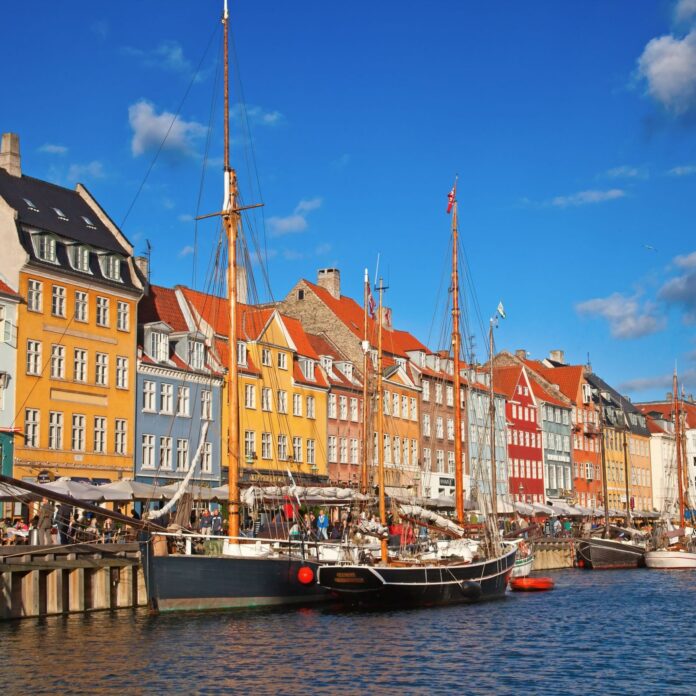The telco aims to upgrade 100 telecoms towers by the end of 2015
Dannish mobile telephony operator Telenor Denmark announced the deployment of its commercial LTE+ service in the country’s largest cities. Using carrier aggregation technology, Telenor is currently upgrading a total of 430 telecommunications towers in Copenhagen, Aalborg, Odense, Aarhus and Roskilde. This technology upgrade will allow the telco to offer double the speeds and capacity on the LTE network.
Telenor Denmark is combining spectrum in the 1800 MHz and 2.1 GHz bands to provide increased capacity in certain areas of the country which are experiencing data congestions.
Telenor said that it plans to upgrade 100 telecoms towers to LTE+ before the end of this year, while another 330 towers will be upgraded during the first quarter of 2016.
The Nordic operator’s plans also include the deployment of LTE through tri-band aggregation by the end of the first quarter of next year. The telco is currently testing the technology and aims to deploy it at 80 telecoms sites across the country’s major cities.
Telenor Denmark provides 2G, 3G and 4G mobile solutions for residential and business customers in Denmark and is the second largest mobile operator in the country. Telenor launched its LTE network in the 1800 MHz band in March 2013. The telco has recently launched VoLTE technology in the European country and confirmed plans to launch voice over Wi-Fi services in the coming months.
In 2012 Telenor and rival operator TeliaSonera had signed a network sharing agreement. As a result of the agreement, Telenor’s network currently covers the whole country, with more than 8,300 sites and transmission stations, including 2G, 3G and 4G technologies. According to the Telenor Group’s latest financial report, Telenor Denmark had 2 million mobile subscribers at the end of the third quarter of 2015.
Telenor currently holds six spectrum licenses for the provision of mobile telephony services in Denmark: an 800 MHz license acquired in an auction in 2012, a 900 MHz license, two 1800 MHz licenses, a 2.1GHz license and a license in the 2.6GHz band.

